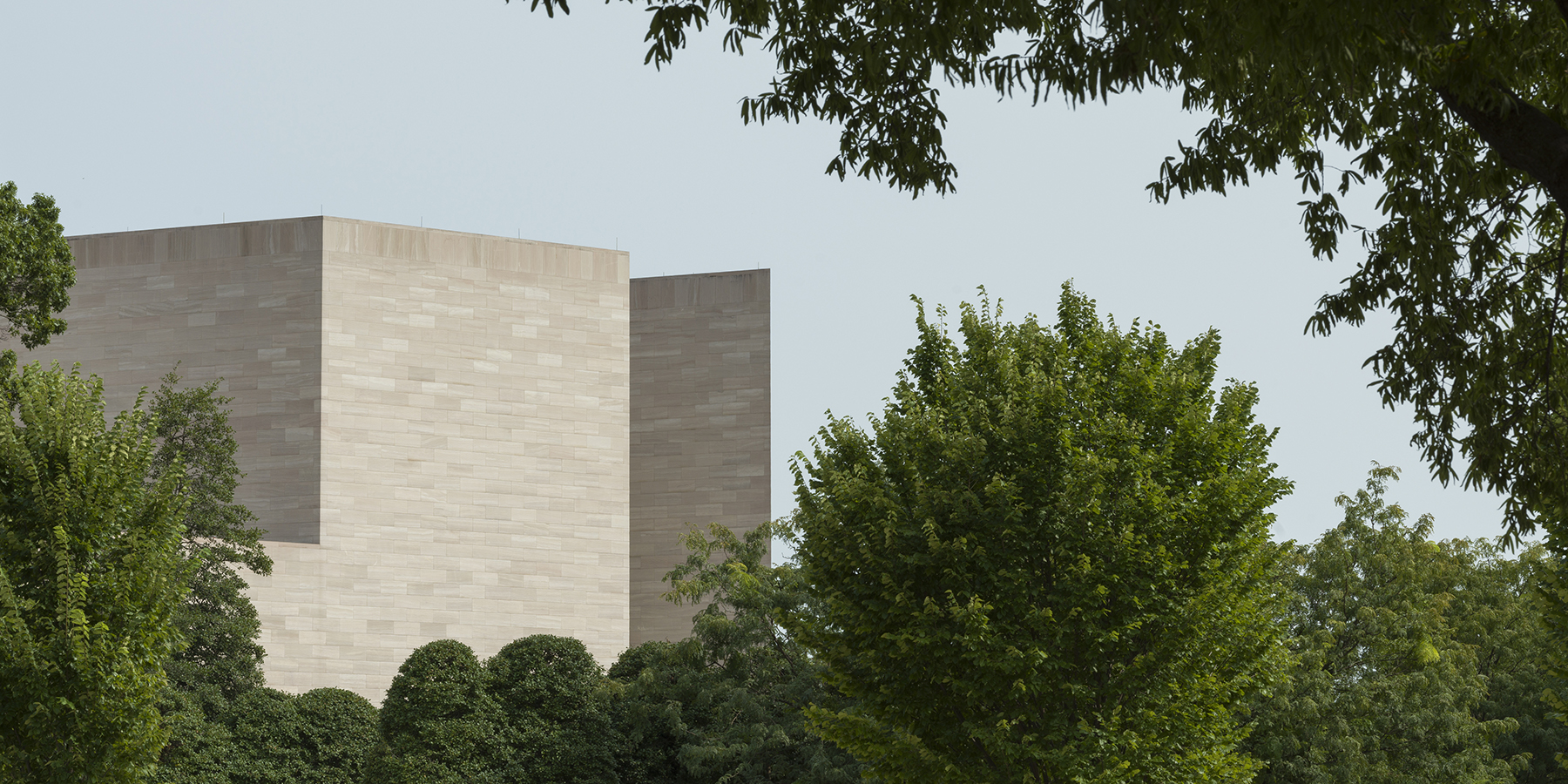Samantha A. Noël
Diasporic Art in the Age of Black Power

Charles White, Wanted Poster Series #12a, 1970, color lithograph on Rives BFK wove paper, Gift of Dorothy J. and Benjamin B. Smith, 1984.34.1160
This research project aims to identify instances in which iterations of the Third World Left in the United States and the Caribbean crossed paths, determining a need for internationalism in Black creative expression during the 1960s and 1970s that worked in tandem with the political radicalism of the era. I consider the ways in which, from the standpoint of solidarity, the work of African American artists reflected the protest movements of the United States—a solidarity that disrupted the First, Second, and Third World divides, calling into question the social, political, and economic status of people of color living in First World countries.
There has not been much focus in today’s scholarship on the artistic production of the Third World during this era. We know very little of the intellectual frameworks, the associated aesthetics, and the cultures of circulation that existed. I am interested in determining the ways in which American and Anglophone Caribbean artists of African descent imagined and enacted forms of solidarity, as well as engaged in cultural and political activism beyond their borders so as to allow for opportunities to create new aesthetic modes of transnational dissent.
During my fellowship, I focused primarily on the art of Charles White (1918–1979) from the 1960s and 1970s, examining his J’Accuse series (1965–1966) and his Wanted Poster Series (1969–1971). Inspiration for the title of J’Accuse came from the famed words of Émile Zola, who wrote an open letter to the president of France in 1898 in defense of Alfred Dreyfus, a French Jew, who was wrongly accused of giving military secrets to the Germans. In the letter, Zola names all those involved in the conspiracy, beginning each sentence with “J’accuse.” The year 1965, when White began this series, was pivotal in the fight for Black freedom in the United States. The series is closely linked to events of 1965 and 1966: the centennial of the 13th Amendment; the passing of the Voting Rights Act; the Watts Rebellion and Malcolm X’s assassination; and the Selma to Montgomery March in Alabama, led by Martin Luther King Jr. The series features powerful imagery, including figures that are monumental and often cloaked in voluminous textiles. The white backgrounds in some of the works situate the Black subjects in virtually any location. White’s artworks suggest portraits of Black people of Africa and the Diaspora, linking his series to the concept of Exodus. Is this imagery telling of White’s preoccupation with Black subjectivity beyond the United States?
White started the Wanted Poster Series in the late 1960s, inspired by Civil War posters advertising runaway enslaved men and women, which were given to him by Edmund W. Gordon. Impetus also came from Black Panther Party members who fled the country as fugitives, propelling White to declare in an interview: “we are all fugitives.” Representations of the enslaved in Civil War posters are frequently archetypical, but White’s posters humanize them. They are rendered in vulnerable states, yet the portraits are reverent, attesting to the perseverance of Black people in the United States. The series seems to make a temporal leap that connects antebellum America to the contemporary moment, visually resonating what Saidiya Hartman calls the afterlives of slavery. Interestingly, the theme of flight in the Wanted Poster Series is visually paralleled in figures featured in the J’Accuse series, who float in the white background.
I would like to determine if White, who was considered a pivotal figure in the Black Arts Movement, subscribed to the notion of a Third World identity like his younger counterparts. For this research project, one overarching question I consider is: If African American artists of the 1960s and 1970s found very few alliances within the mainstream American art world, what were their possibilities of looking elsewhere, particularly in the Global South? White figures prominently in this revised history, as he was associated in the 1940s with Mexico’s Taller de Gráfica Popular and with the muralists Diego Rivera and José Clemente Orozco. This was an early example of transnational solidarity that he experienced personally. Further, White learned that his art from the 1950s had gained mass appeal in states of the Eastern Bloc. My research investigates whether people in the Black Atlantic became aware of his work in the 1960s and 1970s—a period of time that championed the graphic arts—especially given the impact of Tricontinentalism, a political movement that merged the world’s various liberation campaigns into a single united front.
Wayne State University
Leonard A. Lauder Visiting Senior Fellow, winter 2021
Samantha A. Noël will return to her position as associate professor of art history at Wayne State University. In 2021–2022, she will hold a Terra Foundation Fellowship in American Art at the Smithsonian American Art Museum.
